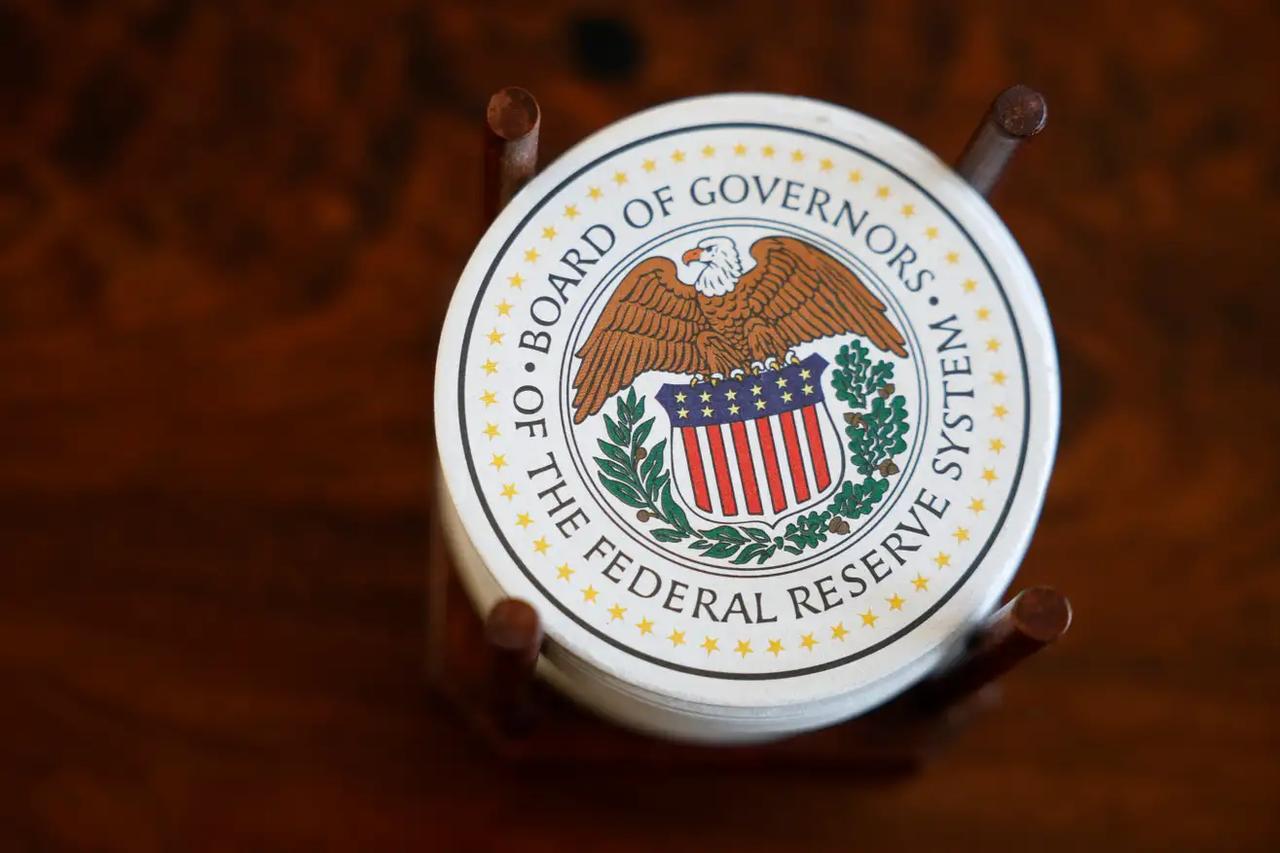
The United States Federal Reserve on Wednesday held interest rates steady and warned of rising risks to its inflation and employment targets, in what appeared to be a veiled reference to President Donald Trump’s tariff policies.
Policymakers voted unanimously to maintain the central bank’s benchmark lending rate at a range of 4.25% to 4.50%, the Fed said in a statement.
The Fed, which operates under a dual mandate to ensure price stability and full employment, said “swings in net exports” did not appear to have impacted overall economic activity — an apparent nod to the pre-tariff surge in imports during the first quarter ahead of Trump’s so-called “liberation day” tariffs.
Last month, Trump imposed steep tariffs on Chinese goods, alongside baseline 10% levies on imports from most other nations, triggering weeks of volatility in financial markets. The White House also applied increased duties on dozens of other trading partners, only to abruptly pause them until July to allow time for trade renegotiations.
Recent economic data suggests a contraction in the first quarter, while unemployment remains near historic lows and inflation continues to trend toward the Fed’s 2% target.
Fed Chair Jerome Powell was expected to keep a low profile in his press conference later Wednesday, according to Nationwide Chief Economist Kathy Bostjancic, who told AFP the central bank chief would likely aim to make “very little news.”
Powell is also expected to face questions about the Trump administration’s public criticism of the Fed’s independence. Trump, in a weekend interview, reiterated his belief that Powell should lower interest rates, while insisting he had no plans to fire him before his term ends next year.
“By commenting publicly on what the Fed should do, they potentially undermine... the public’s perception of the institution’s commitment to price stability,” wrote former Fed economist Rodney Ramcharan in a note shared with AFP.
“If the Fed were to cut rates, markets could perceive that decision as ‘political’ rather than a reaction to actual economic conditions,” added Ramcharan, now a professor at the USC Marshall School of Business.
Analysts have recently delayed expectations for rate cuts, forecasting that tariffs will drive up prices and slow growth in the near term.
“It seems highly unlikely that the Fed will receive a clear enough signal to act by the June meeting, since the 90-day pause on ‘reciprocal’ tariffs lasts through July 8,” economists at UniCredit wrote in a note to clients, adding they did not anticipate a rate cut before September.
Goldman Sachs Chief Economist Jan Hatzius echoed that outlook, saying in a recent investor note: “The outlook for Fed policy remains very uncertain, but we have pushed back the first of the three consecutive 25bp insurance cuts in our baseline forecast from June to July.”